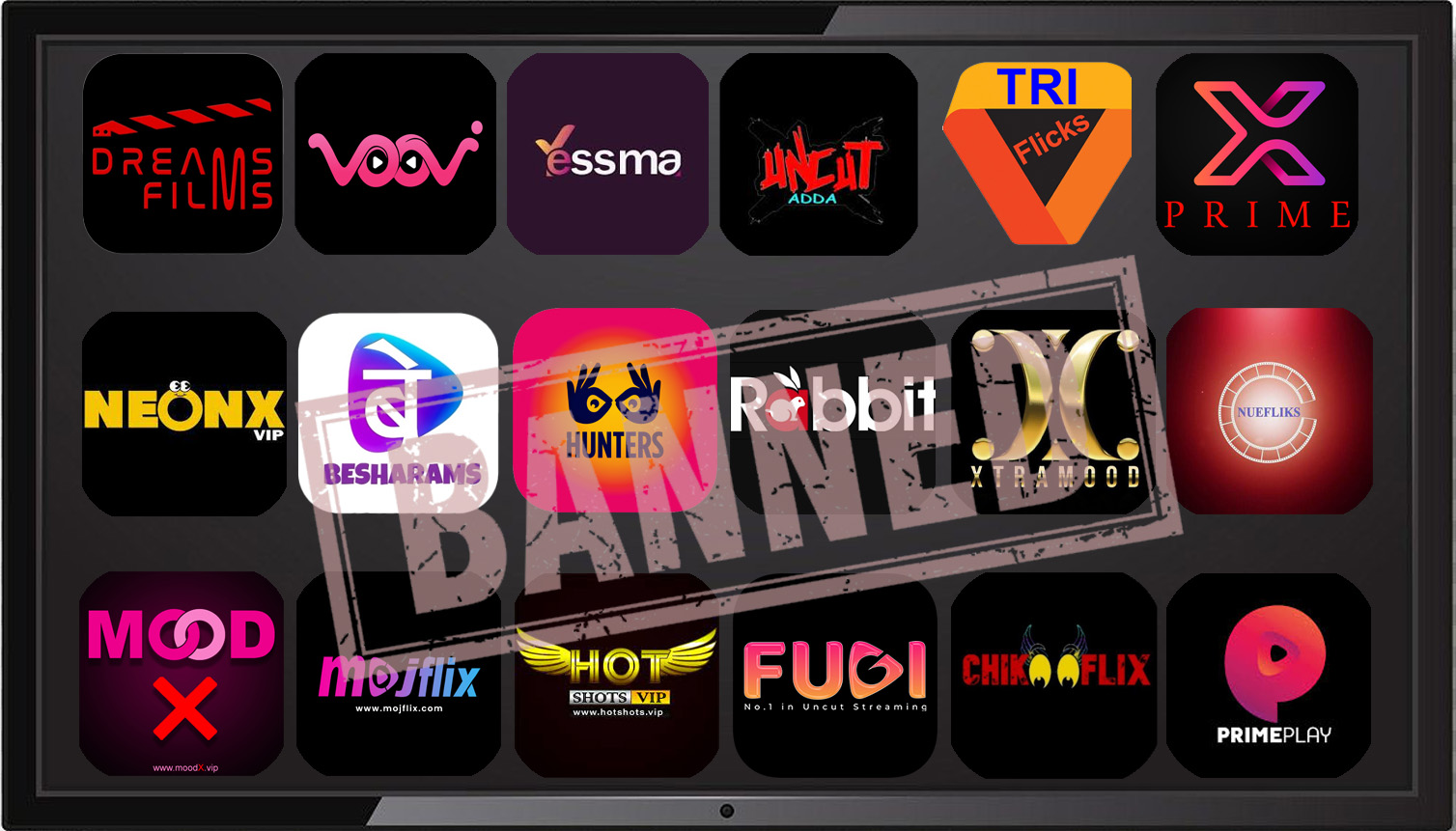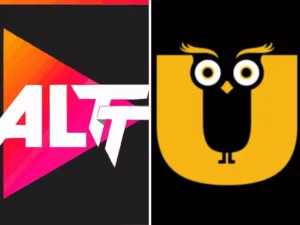Banned OTT Apps and Platforms: What You Need to Know in 2025
Over-the-top (OTT) platforms like Netflix, Amazon Prime, and Disney+ Hotstar have revolutionized the way we consume entertainment. With just a smartphone and internet connection, people can now stream unlimited movies, web series, documentaries, and more. However, not all OTT platforms are created equal. In recent years, some platforms and apps have been banned or removed for various reasons—ranging from explicit content and illegal streaming to national security concerns and privacy violations.
In this article, we explore the OTT platforms that have been banned, why they were banned, and how these bans impact users, creators, and governments. We also look at the future of content regulation, especially in countries like India, where digital consumption is rapidly growing.
What Are OTT Platforms?
OTT stands for “Over-The-Top,” meaning content that is delivered over the internet without the need for traditional cable or satellite TV. OTT apps include platforms such as:
- Netflix
- Amazon Prime Video
- Disney+ Hotstar
- JioCinema
- SonyLIV
- Zee5
- Hulu
- MX Player
- Voot
These platforms provide on-demand access to content and have become the new normal for millions of users, especially in countries like the United States, India, and the United Kingdom.
Why Are OTT Platforms Being Banned or Removed?
There are several reasons why OTT platforms get banned:
1. Illegal Streaming
Some apps offer pirated versions of movies and web series without having proper licenses. These are illegal OTT platforms that violate copyright laws.
2. Obscene or Vulgar Content
Many OTT platforms produce adult content without proper age restrictions or content filters. Governments often ban such platforms to protect minors and maintain public decency.
3. National Security
Some apps are linked to foreign entities that may misuse user data or threaten national security. In such cases, governments act swiftly to remove them.
4. Religious or Political Controversies
Content that hurts religious sentiments or shows biased political narratives can lead to massive backlash and bans.
5. User Data Privacy Violations
OTT platforms that misuse personal data, don’t follow data protection guidelines, or sell data to third parties are considered dangerous and face regulatory action.
List of Notable Banned OTT Apps and Platforms
Here are some well-known OTT apps that were banned or taken down over the past few years across various countries:
### 1. TikTok-like OTT Apps (Banned in India)
Apps like Bigo Live, Likee, and Helo were banned in India in 2020 for data privacy and national security reasons. Though not pure OTTs, they functioned like OTT platforms for short-form content.
2. Pirated Streaming Apps
Some apps provide pirated movies and shows for free. These include:
- Showbox
- Mobdro
- ThopTV
- Oreo TV
- PikaShow
India, USA, and other countries have taken action against these apps for violating copyright and hosting pirated content.
3. Ullu (under scanner)
Ullu is a controversial OTT platform known for erotic content. Though not officially banned yet, it has faced multiple legal notices and content restrictions.
4. Pornographic OTTs
Apps with adult content like Kooku, Fliz Movies, and PrimeFlix have faced regulatory action in India. Some have been delisted from Google Play Store or Apple App Store.
Case Study: India’s Crackdown on OTT Content
India has witnessed a huge rise in OTT content over the past few years, but this boom has also led to increased scrutiny from the government and civil society.
New IT Rules for OTT Platforms (2021)
The Indian government introduced new digital content rules in 2021:
- OTT platforms must classify content by age: U, 7+, 13+, 16+, and A (Adult).
- They must provide a grievance redressal mechanism.
- Content that is sexually explicit, religiously offensive, or anti-national can be flagged.
Several web series like “Tandav” (Amazon Prime) and “A Suitable Boy” (Netflix) faced backlash, FIRs, and legal action due to perceived religious and political issues.
How OTT Bans Affect Users
Banning OTT platforms can have mixed reactions:
1. Negative Impacts
- Loss of Freedom: Many argue it curbs freedom of expression and creative liberty.
- Content Disruption: Viewers lose access to their favorite shows overnight.
- Rise in Piracy: When legal platforms are banned, users often shift to illegal options.
2. Positive Outcomes
- Protection from Harmful Content: Reduces access to pornographic, violent, or misleading content for children.
- Security Assurance: Prevents apps from spying or stealing personal data.
- Moral Standards: Helps maintain a balanced content ecosystem aligned with cultural values.
How OTT Bans Affect Creators
- Independent Creators Lose Platforms: Small studios and creators lose potential platforms to showcase their work.
- Revenue Loss: Artists and producers suffer from streaming shutdowns.
- Content Censorship Pressure: Creators must now tailor their work according to strict guidelines, reducing creative freedom.
Global OTT Bans: Examples from Other Countries
1. China
- Platforms like Netflix, YouTube, and Google Play Movies are blocked in China.
- China has its own platforms like iQIYI, Youku, and Tencent Video with strict censorship.
2. UAE & Saudi Arabia
- Certain shows and platforms like Netflix’s LGBTQ content have faced censorship or removal.
- Governments demand content modification or removal if it goes against local laws.
3. USA
- Although OTT bans are rare, some platforms like Parler (social platform) were removed due to violence-inciting content.
- Pirated movie apps are actively prosecuted and removed from app stores.
Dark Web OTT Platforms – A Rising Threat
Illegal streaming apps now use mirror sites, VPNs, and Dark Web access to provide banned content. Some examples include:
- TamilRockers OTT-style clones
- MovieRulz apps
- Popcorn Time (shut down multiple times)
These platforms steal user data, contain malware, and violate copyright laws—making them dangerous for both users and content creators.
The Role of App Stores
Google Play Store and Apple App Store play a major role in banning OTT apps. If an app violates their terms of service, it can be removed instantly.
Reasons for removal include:
- In-app pornographic material
- Privacy policy violations
- User complaints
- Malware detection
Once banned, these apps may still survive via APK downloads from unknown sources, but this exposes users to cyber threats.
Future of OTT Regulation in 2025 and Beyond
As OTT grows, regulation will become stricter but more balanced. Governments and creators will need to work together to create:
1. Clear Content Guidelines
There will be more transparency on what content is allowed or banned.
2. Self-Regulation Bodies
OTT platforms may form their own watchdog groups to avoid government interference.
3. Parental Control Features
To protect minors, better parental controls, filters, and user-level access tools will become standard.
4. Decentralized Platforms
With blockchain technology, some creators may launch decentralized OTT platforms where content cannot be easily banned but will follow a code of ethics.
How to Identify Safe and Legal OTT Platforms
Here are some tips to protect yourself from banned or harmful OTT apps:
- Check App Store Ratings and Developer Info
- Avoid downloading APKs from unknown websites
- Use official websites for subscription-based platforms
- Read privacy policies carefully
- Check for encryption and data protection standards
Conclusion
OTT platforms are the future of entertainment—but like every powerful technology, they come with risks. As governments crack down on banned OTT platforms to protect citizens from illegal, obscene, or dangerous content, it’s important for users to stay informed and cautious.
While freedom of expression must be preserved, it should not come at the cost of national security, morality, or user safety. The ideal way forward is balanced regulation, transparency, and responsible content creation.
So, whether you’re a viewer, creator, or policymaker, understanding the world of banned OTT apps can help you make better choices in 2025 and beyond.

